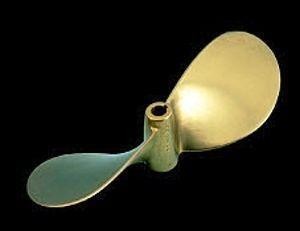I replaced the Rear main seal and tranny seal and most everything back together and left
the exhaust hose off so to making alignment a little easy.
Just heads up when putting the flywheel back on was so heavy that I removed some of the cabinet so could lean over from front of engine and that lifting the flywheel way better.
So any tips or tricks on realignment of the shaft,this will be my first time ever trying this and so far no easy task.
Nick
the exhaust hose off so to making alignment a little easy.
Just heads up when putting the flywheel back on was so heavy that I removed some of the cabinet so could lean over from front of engine and that lifting the flywheel way better.
So any tips or tricks on realignment of the shaft,this will be my first time ever trying this and so far no easy task.
Nick

